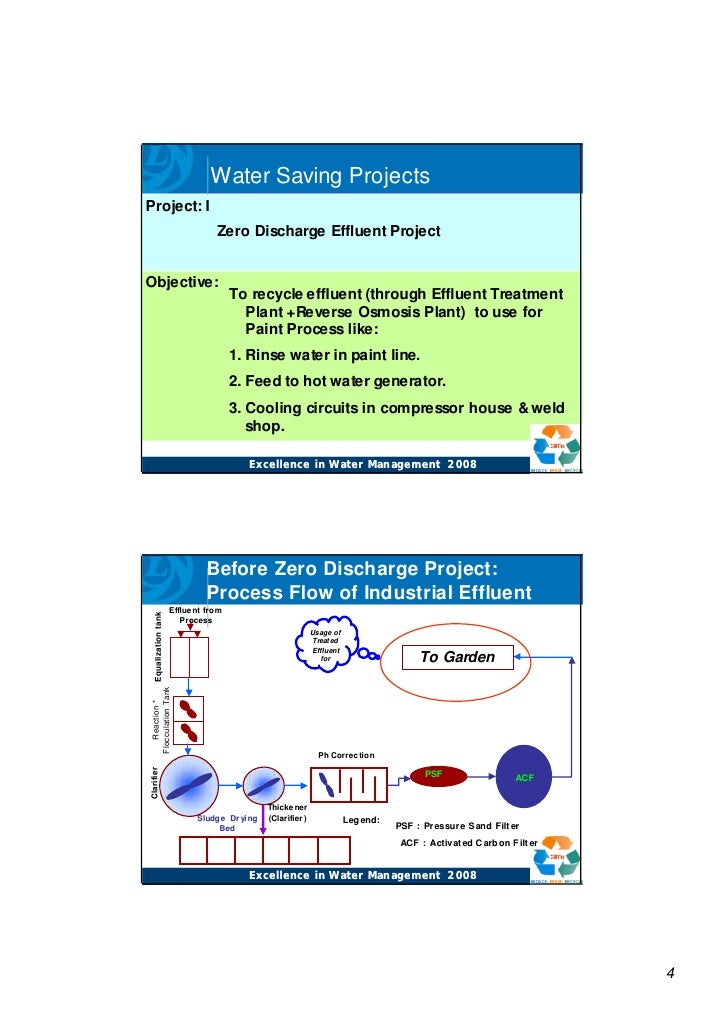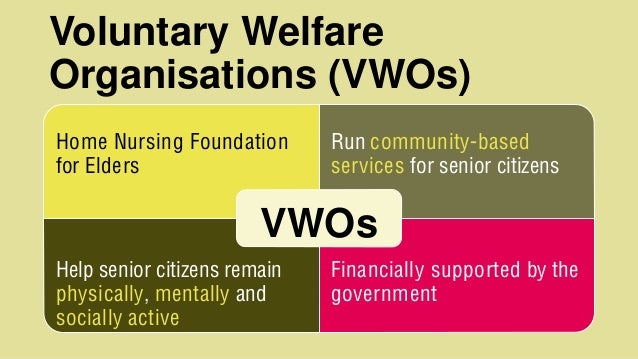
Image source: https://images.sampletemplates.com/wp-content/uploads/2016/06/22163314/Nonprofit-Event-Proposal-Template%EF%BB%BF.jpg
It's hard enough when times are good to get people to fund non-profit projects. When times are tough, deserving organizations have to compete for fewer and fewer resources. People who typically fund non-profits are stretched to their limits, and you need to put together a solid presentation to get their support.
You probably know your organization inside and out, but you might be new to proposal writing. Don't panic. Creating a non-profit business proposal might seem like a daunting task, but there are ways to make your job easier. Plenty of resources exist that will show you how to introduce yourself, highlight your organization, outline your needs, and help donors and supporters understand that you and your cause are worthy of support. Here's the key: you don't have to start by staring a blank computer screen. Using a product that includes pre-written topics and similar sample proposals can help you efficiently create your own winning proposal.
It doesn't matter if you are involved in retraining, education, helping the homeless, providing shelter, saving the environment, improving medical access, recruiting volunteers, or gathering goods for the holidays. The general structure of a non-profit proposal is the same.
New proposal writers sometimes make the mistake of talking too much about themselves and not focusing on the company or organization they are asking for support from. Don't do that. Simply asking for funding or talking about your organization is only part of the challenge. You write a non-profit proposal to persuade another party to give you their money or material support. This means you must gain the trust of the decision makers and convince them that you can effectively deliver the goods and services to those that need them.
In today's competitive environment, you may also have to do more than just show you have a worthy cause. While there are foundations and companies that will provide support and funding without strings attached or expectations of anything in return, you may have to think of asking for support or funding in terms of a potential marketing avenue for the donor. Your proposal will be more persuasive when you can outline all of the benefits you can provide to the supporting organization.
So you would benefit from including topics such as your Constituency, Market and Audience, Demographics, and so on. Combine these with a Marketing Plan and list of Benefits to show how the funding company would benefit from supporting your cause. Use topics such as Social Responsibility and Philanthropy to explain how supporting your organization will raise the visibility of the company in the community and show them in a positive light. You not only want to highlight your organization and what you have to offer, but also describe how beneficial the association of the two parties would be to the funding company.
As a general rule to prepare for writing your non-profit proposal, your first step should be to do research and gather information about the potential funding company so that you can present a proposal that is tailored to that funder. Yes, that might take some extra work, but the effort will pay off by making your proposal more likely to be accepted. You don't win in a competitive market by doing things half-way. Established organizations that provide funding usually have an established culture, strategy, and rules for accepting or rejecting requests. If you understand how those organizations operate and the types of projects they typically support, you can tailor your request accordingly.
After you've gathered information about your prospective funder, writing the proposal should be a reasonably straightforward process. That's because most proposals seeking funding or support follow a similar structure: an introduction, then a summary of the needs that are not currently being met which you are addressing, followed by descriptions of the services you will provide or the project you are proposing, as well as details and costs. Next, provide information to help the funder understand how their organization would benefit from supporting your cause. Explain the benefits you can provide to them in exchange for their support. Finally, the proposal should conclude with information about your organization, such as History, relevant Experience, Credentials, and Capabilities, Vision, Mission Statement, and so on.
The introduction section is usually only a Cover Letter and a Title Page. The Cover Letter should deliver a personal introduction, provide your organization's contact information, and state your request. The Title Page is just what it sounds like: a name for your proposal that indicates the project or scope of services you will provide. Some examples might be "Northridge Community Center Needs 100 Bed Expansion," "South Sound Wildlife Refuge Needs Cleanup Volunteers," "HIV Awareness Tour," or "Healthy Moms, Healthy Children."
Next, add topic pages to show the issues faced by the cause you support. Describe the financial and political support that you need and explain your goals. In this section, you would add pages with titles like Executive Summary, Needs Assessment, Goals and Objectives, Implementation Plan, Project Background, and so on.
After your cause is covered, add topic pages to show that you understand the organization you are requesting support or funding from. This is where you would outline what they would receive for supporting you: the pages here would have titles like Benefits, Philanthropy, Marketing Plan, and Social Responsibility.
After the sections describing the needs and showing the benefits to the funder comes your turn to talk about what you can do. Include topics like Project Management, Project Methods, and Personnel. The final section should be all about generating trust in your organization. This is where you will put topics describing your organization, such as Evaluation, Resources, Sources of Funds, Use of Funds, Sustainability, Future Potential, Supporters, Partnerships, Mission Statement, Tax Status, Legal Structure, Credentials, Capabilities, Programs and Activities, Awards and Achievements and so on. In other words, include everything you need to convince the funder that you can be trusted to deliver on your promises, that you have the resources to deliver, and (if needed) that you have a plan for the longevity of the program. Conclude your proposal with a call to action. You can use the Funding Request template to specifically ask for the funding, request other support such as Volunteering, or ask to schedule a meetin for further discussion.
After you have all the information written for your proposal, it's time to focus on making your proposal visually appealing by adding color and graphics. Incorporate your company logo and use a matching title page cover. Consider colored page borders and or adding custom bullet points and fonts that match your business style.
Once you feel your proposal information and formatting is complete, carefully proofread and spell-check all the pages. You should have someone who is unfamiliar with your proposal proof it as well, because it's very common to miss mistakes in your own work.
Finally, save your proposal as a PDF file or print it and then deliver it to the potential funder. The best delivery method will depend on your organization and your relationship with the funder. You might want to email a PDF file to your potential funder, but keep in mind that a printed and hand-delivered proposal might prove that you value the relationship enough to make a personal effort.
As you can see, a non-profit proposal will vary in details for each organization and project. But it's nice to know that non-profit proposals follow a similar format and structure, and you can find all the topic pages you need in a proposal kit. A kit of templates contains explanations of the information that particular proposal pages should contain, and they will guide you in writing and formatting your proposal sections. To further help you out, a proposal kit also contains a wide variety of sample non-profit proposals. Perusing these will spark your creativity and help you quickly craft your own winning nonprofit proposal.









